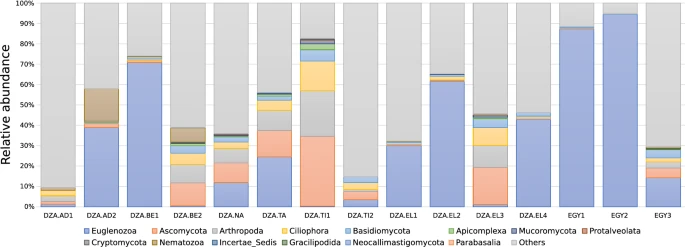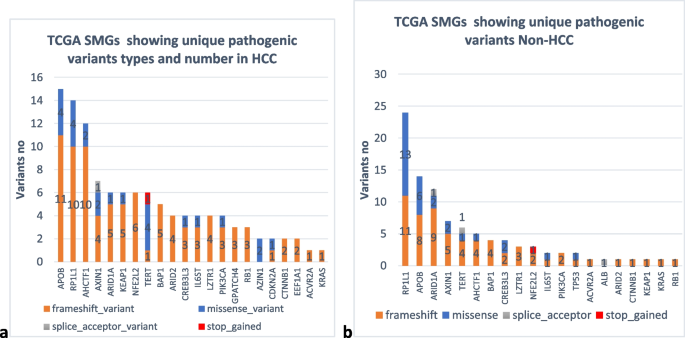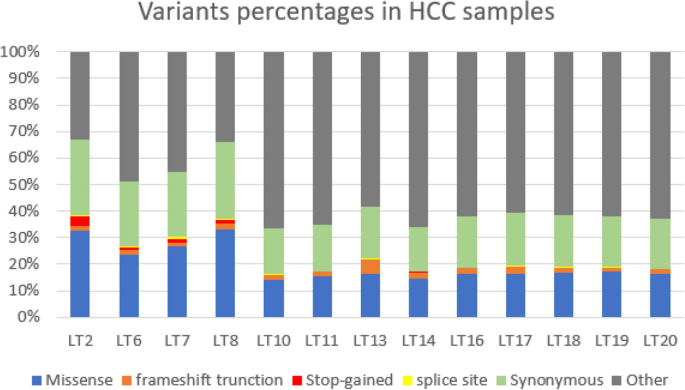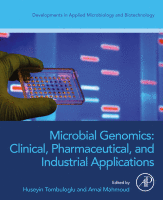

Biochemical and genotyping analyses of camels (Camelus dromedaries) trypanosomiasis in North Africa
Camels are considered an important food source in North Africa. Trypanosomiasis in camels is a life-threatening disease that causes severe economic losses in milk and meat production. Therefore, the objective of this study was to determine the trypanosome genotypes in the North African region. Trypanosome infection rates were determined by microscopic examination of blood smears and polymerase chain reaction (PCR). In addition, total antioxidant capacity (TAC), lipid peroxides (MDA), reduced glutathione (GSH), superoxide dismutase (SOD) and catalase (CAT) were determined in erythrocyte lysate. Furthermore, 18S amplicon sequencing was used to barcode and characterizes the genetic diversity of trypanosome genotypes in camel blood. In addition to Trypanosoma, Babesia and Thelieria were also detected in the blood samples. PCR showed that the trypanosome infection rate was higher in Algerian samples (25.7%) than in Egyptian samples (7.2%). Parameters such as MDA, GSH, SOD and CAT had significantly increased in camels infected with trypanosomes compared to uninfected control animals, while TAC level was not significantly changed. The results of relative amplicon abundance showed that the range of trypanosome infection was higher in Egypt than in Algeria. Moreover, phylogenetic analysis showed that the Trypanosoma sequences of Egyptian and Algerian camels are related to Trypanosoma evansi. Unexpectedly, diversity within T. evansi was higher in Egyptian camels than in Algerian camels. We present here the first molecular report providing a picture of trypanosomiasis in camels, covering wide geographical areas in Egypt and Algeria.



